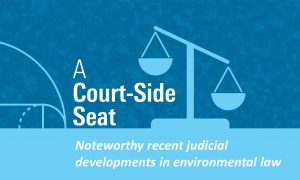Pillsbury continues to track the impact on construction projects of COVID-19-related orders and guidance in all 50 states and the District of Columbia as well as guidance from CISA and OSHA. We are updating our chart weekly. Click here for the latest COVID-19 Construction Chart.
July 27 update – Now updated bi-weekly.
July 14 update – More updates.
July 7 update – This week’s chart includes updates to state orders. Although a few states have reversed course or paused their reopening plans in the face of a resurgence of the virus, so far none of those states’ orders have impacted construction.
June 29 update – More updates.
June 22 update – More updates on various reopening orders and guidance.
June 16 update – The chart is updated to include various reopening orders and guidance.
June 9 update – In addition to tracking orders and guidance in the 50 states and the District of Columbia, this week’s update also includes the OSHA’s new COVID-19-related guidance for Construction Work.
May 27 update – As we pivot toward less shelter in place orders and more reopening orders, more and more states are also issuing guidance for implementing safety measures on construction projects. Pillsbury modified its chart to include a column describing any state-issued guidance and some guidance from large cities. As described in our client alert Safety Measures for Construction Projects During the COVID-19 Pandemic, construction sites will be very different under the “new normal.”
Continue Reading ›






